
How to Store LiFePO4 Batteries When Not in Use?
If your solar storage system is inactive (e.g., seasonal use), proper storage prevents capacity loss.

If your solar storage system is inactive (e.g., seasonal use), proper storage prevents capacity loss.
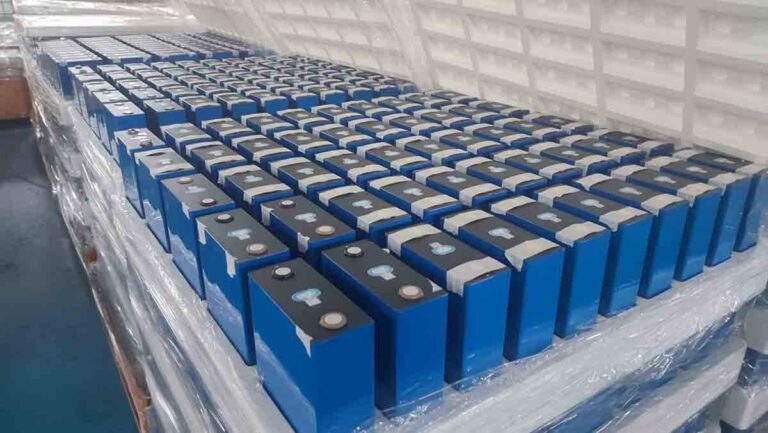
While LiFePO4 batteries are low-maintenance, some checks are essential for longevity. Monthly Maintenance Checklist: ✔ Check
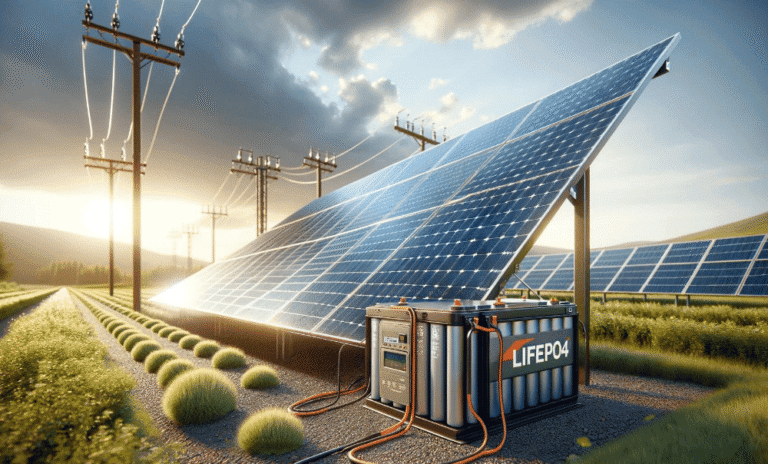
LiFePO4 batteries perform best in moderate temperatures (0°C to 45°C / 32°F to 113°F). Extreme
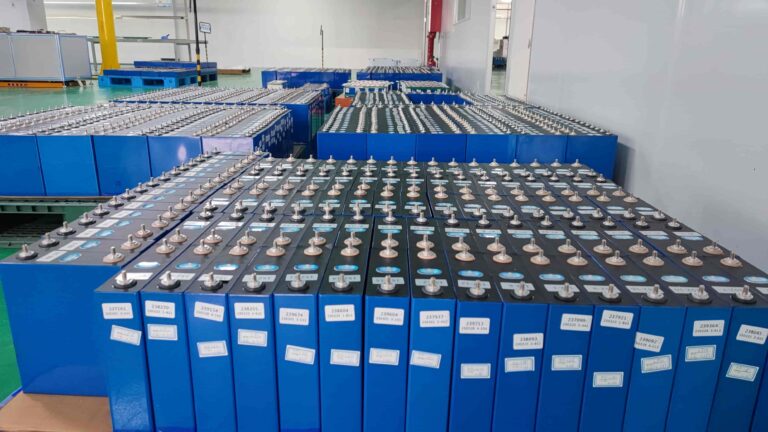
Proper charging and discharging habits significantly impact the lifespan of your LiFePO4 battery. Optimal Charging
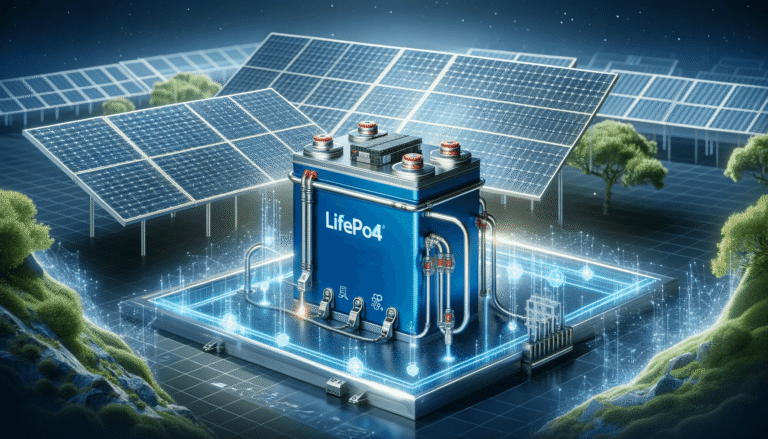
LiFePO4 (Lithium Iron Phosphate) batteries have become a top choice for solar energy storage due
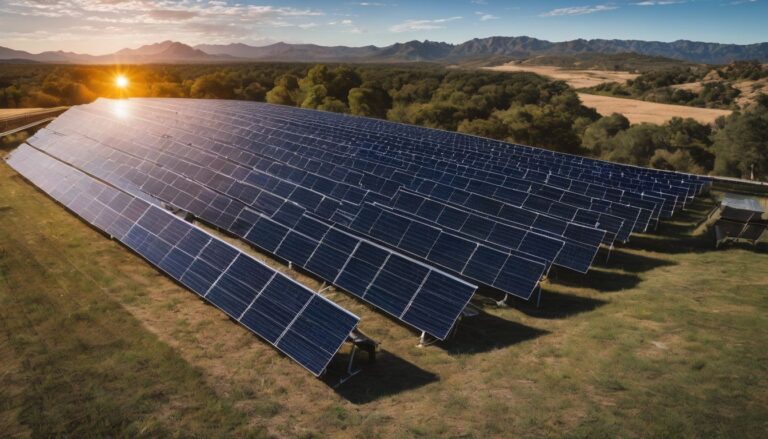
Frequent rainy weather shortens the lifespan of lead-acid batteries in solar systems. Chronic undercharging leads

In monsoon climates, solar systems must be carefully managed to prevent lead-acid battery failure. Since
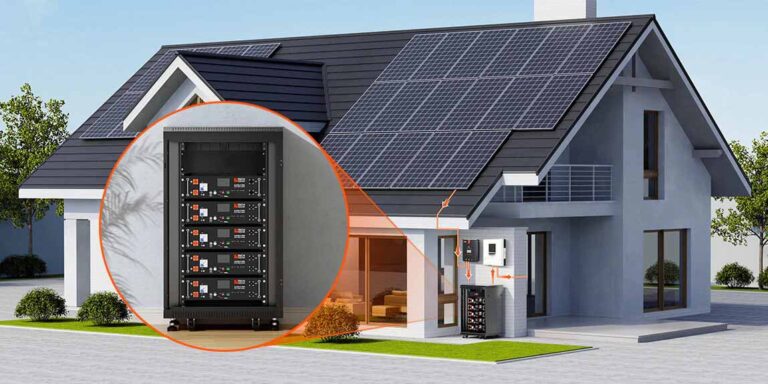
Rainy weather often brings temperature fluctuations, which affect lead-acid battery chemistry. Cold reduces capacity, while
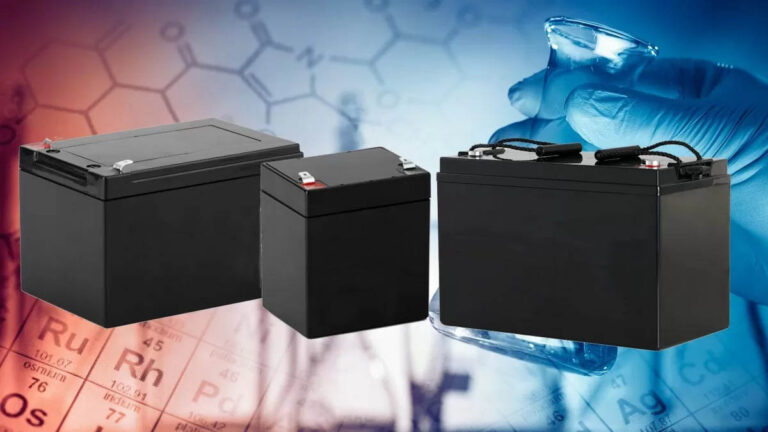
During extended cloudy or rainy periods, lead-acid batteries in solar systems may discharge deeply, risking
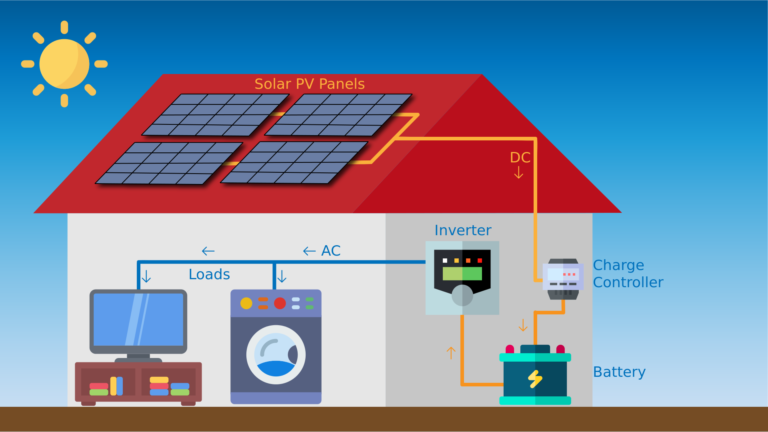
Humidity during rainy seasons can negatively affect lead-acid batteries in off-grid solar setups. Moisture promotes